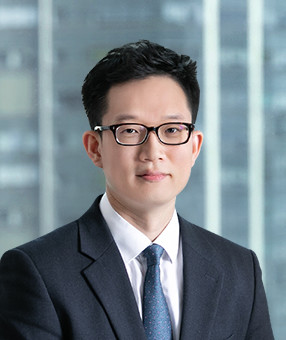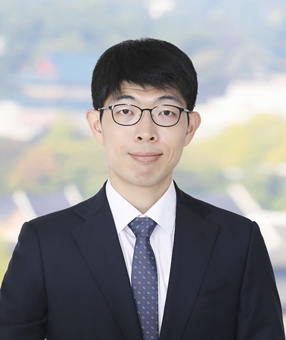In an important decision impacting the so-called numerical limitation inventions in Korea, on January 13, 2022, the Supreme Court emphasized that the disclosure of prior art references must be interpreted in a complete and organic way to avoid improper hindsight, in contrast to the current common practice by courts of allowing the significance of numerical limitation features to be challenged based on a selective review of prior art disclosures without larger context.
Background
In Korea, a numerical limitation invention refers to an invention whose point of novelty over the prior art is a specific numerical range or limitation of one or more previously disclosed technical elements. Such inventions are generally subject to stricter scrutiny under Korean practice due to the perception that they are less inventive, given that all of their technical elements were previously known, and it is common for such claimed numerical limitations to be judged to have been easily derivable through routine experimentation in the course of normal optimization processes, especially if other overlapping or similar numerical ranges also are disclosed in the prior art. Such prior art numerical ranges are frequently simply referenced without considering their full significance in the context of the prior art or applicability to the invention at issue. As a result, numerical limitation inventions tend to be allowed at a substantially lower rate compared to regular inventions or similar types of inventions in other jurisdictions.
Supreme Court Decision
The case at issue involved an invention for a "method of treatment of a running ferrous alloy sheet" to improve adhesion of coatings on the sheet, which included immersing the iron alloy sheet in a molten oxide bath with a viscosity between 0.003 to 3 poise, and where the Li2O concentration of the bath was between 10%wt to 45%wt. The main cited reference disclosed a "steel strip annealing method" that also used a low-viscosity molten salt bath, involving a viscosity of 100 poise or less, and a Li2O concentration of up to 6%wt.
The Korean Intellectual Property Office (KIPO) rejected the invention for lack of inventiveness over the cited reference, finding that the differences in numerical ranges of molten oxide bath viscosity and Li2O concentration easily could have been derived through routine experiments. KIPO's decision was upheld by both the Intellectual Property Trial and Appeal Board and the IP High Court before finally being appealed to the Supreme Court.
The Supreme Court found fault with the above decisions in their interpretation and application of the molten oxide bath viscosity and Li2O concentrations ranges of the cited reference against the claimed invention, noting in particular that the prior art ranges were selectively drawn from the cited reference to compare with the numerical ranges of the invention without considering how a person of ordinary skill in the art would have interpreted the cited reference ranges at the time of the invention.
The Supreme Court then determined that extrapolating the molten oxide bath viscosity range of the cited reference to cover the invention would have defeated the intended purpose of the prior art (to form a solidified salt coating on steel strips), and thus would have been contrary to the understanding of one of ordinary skill in the art. The Supreme Court further observed that the cited reference actually taught away from using Li2O concentrations above 6%wt (such as the invention's claimed 10-45%wt range) since the reference disclosed that this would cause the desired adhesion-level of the solidified film to be exceeded. The Supreme Court concluded that one of ordinary skill would not easily have derived the claimed numerical limitations from the cited reference, and affirmed inventiveness.
Implications
This is the latest Korean Supreme Court decision to warn against hindsight in reviewing inventiveness, this time in the context of numerical limitation inventions, and to encourage the application of general principles of patentability rather than using specific inventiveness rules for different types of invention categories. This is expected to enhance the ability of patentees to protect their inventions in Korea, and to improve consistency between Korean patentability standards and those of other jurisdictions.
Related Topics







